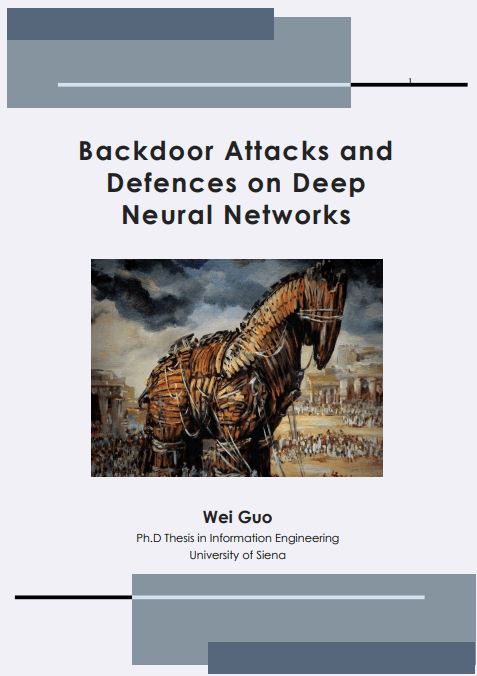

Visual Information Processing and Protection Group

Nowadays, due to the huge amount of resources required for network training, pre-trained models are commonly exploited in all kinds of deep learning tasks, like image classification, natural language processing, etc. These models are directly deployed in the real environments, or only fine-tuned on a limited set of data that are collected, for instance, from the Internet. However, a natural question arises: can we trust pre-trained models or the data downloaded from the Internet? The answer is ‘No’. An attacker can easily perform a so-called backdoor attack to hide a backdoor into a pre-trained model by poisoning the dataset used for training or indirectly releasing some poisoned data on the Internet as a bait. Such an attack is stealthy since the hidden backdoor does not affect the behaviour of the network in normal operating conditions, and the malicious behaviour being activated only when a triggering signal is presented at the network input.
In this thesis, we present a general framework for backdoor attacks and defences, and overview the state-of-the-art backdoor attacks and the corresponding defences in the field image classification, by casting them in the introduced framework. By focusing on the face recognition domain, two new backdoor attacks were proposed, effective under different threat models. Finally, we design a universal method to defend against backdoor attacks, regardless of the specific attack setting, namely the poisoning strategy and the triggering signal.
HTML Creator